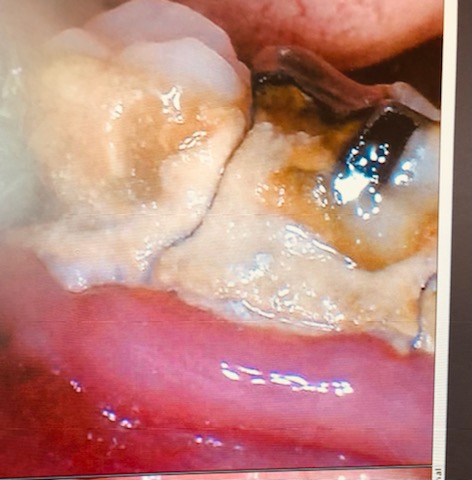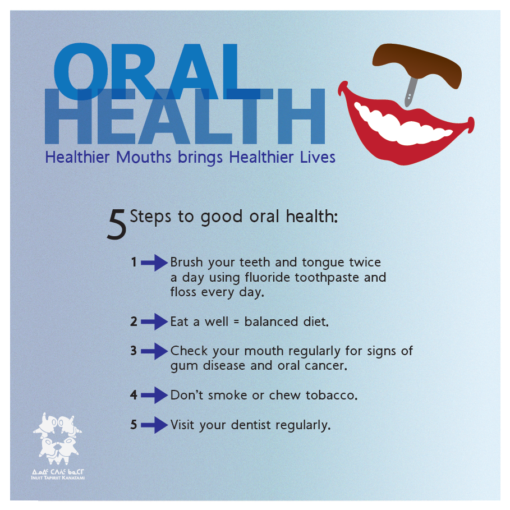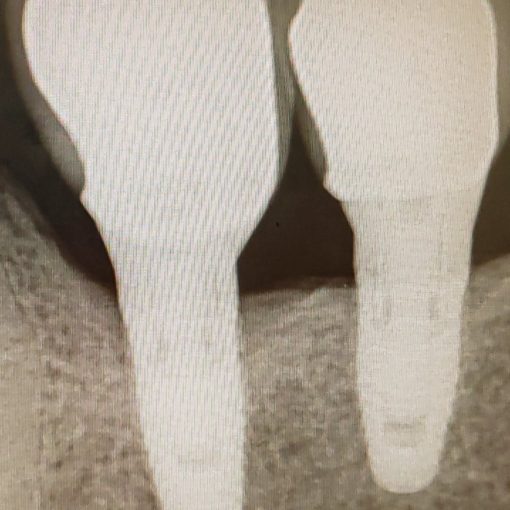Dental Issues that May Arise in Scuba Diving
Ever go for a dive and feel it in your teeth or sinuses, if so, it’s mostly likely you are experiencing barodontalgia. Barodontalgia is also known as “tooth squeeze”. It is an acute toothache with high sensitivity when a sudden change in environmental pressure occurs. While scuba divers need to meet a standard of medical fitness, there isn’t a standard for dental health. Dental pain can be just as debilitating as physical pain. Scuba diving may cause an oral health pain such as jaw and tooth pain.
Jaw pain
Recreational scuba divers have a high prevalence of dental discomfort and are more likely to experience oro-facial (relating to the mouth and teeth) pain during a dive.
Some oral health problems may stem from holding the air regulator in the mouth too tight causing jaw clenching and in return jaw pain. Diving associated TMJ (temporomandibular joint) may be due to the constant jaw clenching and fluctuations of underwater atmospheric pressure divers may experience pain within the jaw. The forward posturing of the lower jaw can be exacerbated by an ill-fitting mouthpiece causing more clenching, especially with a heavy regulator. Diving may irritate pre-existing TMJ issues and can be severe enough to quit the dive.
Tooth pain
In scuba diving barodontalgia may arise during descent or ascent. Scuba divers tend to feel it more during the descent of the dive and generally at 10-25 meters when the ambient pressures are 0.75 and 1 atmosphere. Barotrauma can happen on descent or ascent.Barotrauma of descent is when an enclosed gas-filled space fails to adjust its internal pressure with the external pressure resulting in damage tissue. One of the biggest dental complaints is the excruciating feel of a tooth being squeezed. This feeling arises from exposure of dentin (the second layer of the tooth). During the descent air is forced into the pulp (the soft, center of the tooth containing nerves, blood vessels and connective tissue) causing the increased pressure of the inspired air. The pain felt is in correlation to the diver’s depth and improves during the ascent when pressure is relieved. This compressed air reaches the dental pulp through cavities, any opening along the margins of the restorations and fractures in the tooth.
Pulpitis (inflammation of the root) from recent dental treatment could be another cause for barotrauma. For a few days after dental treatment sensitivity is common. When pressure is applied on inflamed tissue, gases produced from the inflammation process along with compressed and increased pressure in the pulp cavity, produces pain.
Barotrauma of ascent is caused by compressed air trapped in an enclosed space and then expands during the ascent. This injury happens more so in teeth with incomplete root canal treatments or neglected restorations. During descent, compressed air slowly enters a tooth containing a poor physical seal between the tooth and restoration and cannot escape quickly enough during ascent. As the diver’s depth decreases, pressure build ups within the tooth, due to the expansion of the trapped air leading to severe pain and sometimes even fractures. In more severe cases odontecrexis transpires, which is when the trapped air in a tooth rapidly expands causing a tooth to explode.
Prevention and diagnosis
The key to avoiding barodontalgia or barotrauma is good oral health with regular dental checkups to ensure healthy teeth, fillings, and crowns. Making certain restorations are solid with a tight seal free of air spaces and not chipped or broken.
It is important to bring any tooth pain up to the dentist as they will provide a resolution and relief from pain occurring. Informing the dental professional of being exposed to ambient pressure whether it’s frequently or sporadic it will help them diagnose possible future teeth problems. They will check for defective restorations and root pathologies. There are more efficient dental materials to use for restorations that stand up to pressure changes.
Since the pain only happens at atmospheric pressure it’s challenging to mimic the pain during an exam to determine which tooth is problematic. Involvement with atmospheric pressure changes, and being aware of exposed dentin, caries, fractured cusps, fillings, and root pathologies are crucial. Many times, people won’t notice a compromised tooth until after pressure changes were experienced to rile up the tooth. Being at a higher risk for barodontalgia with scuba diving, periodic dental examinations should include vitality tests, radiographs to include the roots through either a panoramic in 3-5-year intervals or specific localized radiographs with detailed attention to root pathology, faulty restorations, secondary caries, and teeth attrition.
Most cases of barodontalgia are from faulty dental restorations or decay extended into the dentin. Other causes are pulpitis or after a recent dental restoration has been placed. Movement of fluids from cavities in the dentin is considered to be the cause for pulpitis. Pressure changes have also been the cause of fractures of teeth who have dental restorations. The gas trapped between the restoration and tooth not only causes the pain but causes fractures in the tooth also.
After a tooth extraction or minor oral surgery, the inflammation should subside before diving as pain and bleeding may be induced by increased pressure. Similarly, after a new restoration it should be advised not to dive, especially performing a deep dive. So, to stress again make sure any lingering complications with the healing process are fully alleviated before diving again to prevent any unwarranted pain or worsened dental problems.




